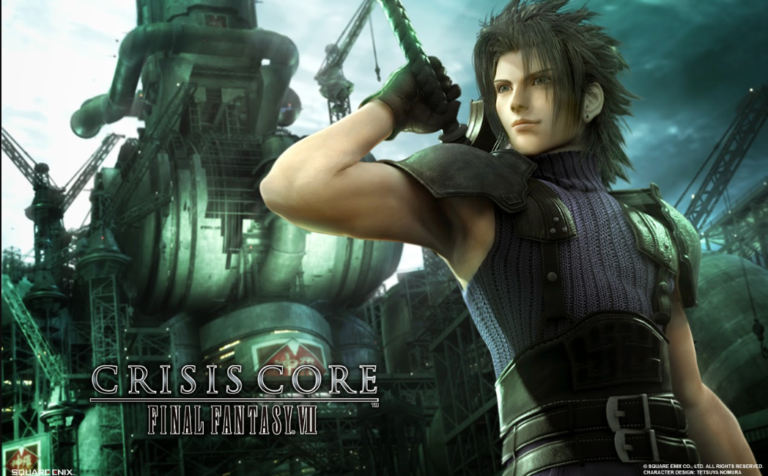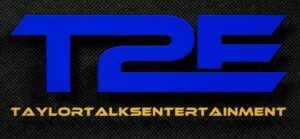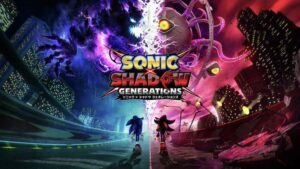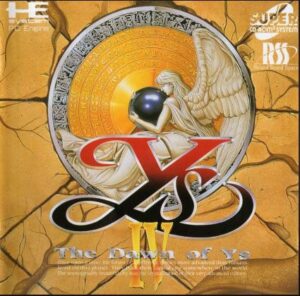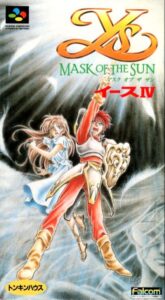Some games leave a lasting impact on pop culture. Final Fantasy VII is one of them. The game was released in 1997 as the seventh installment of the popular Final Fantasy RPG series from developer Square Enix, formerly known as SquareSoft. It received high praise through and through, with some people even calling it one of the greatest RPGs of all time. Given the game’s popularity, Square naturally decided to build out the intricate story and world of Final Fantasy VII.
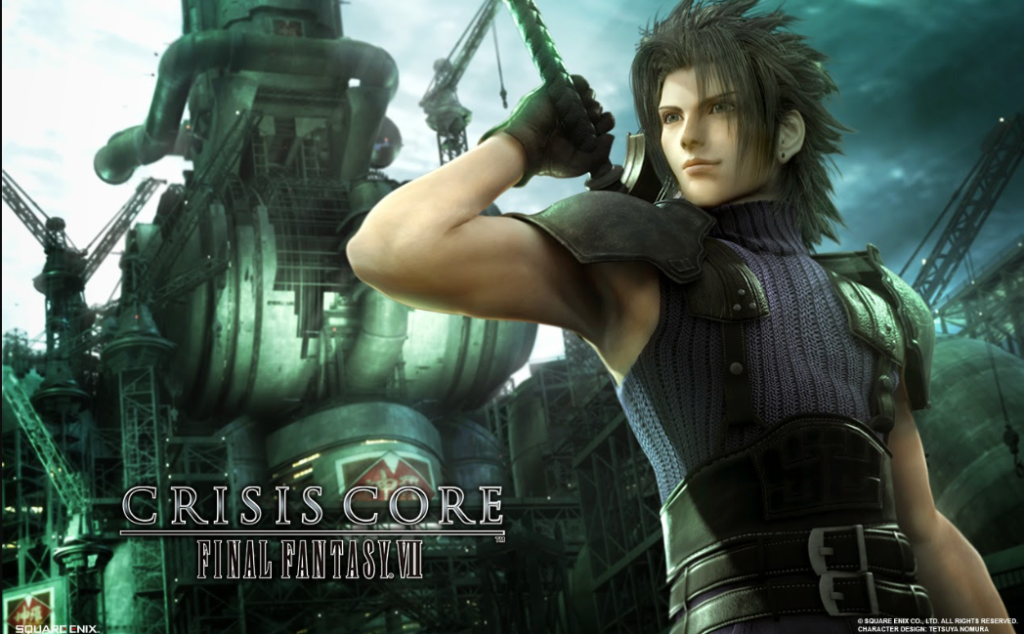
Enter the Compilation of Final Fantasy VII, which sought to add to the saga with various prequels and sequels. The compilation wasn’t limited to games either; it also included a feature film and an animated short. But we’re here to talk about the one of the compilation’s more substantial additions. This is Crisis Core: Final Fantasy VII for the PlayStation Portable!
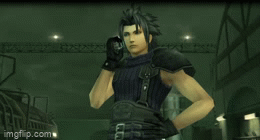
Crisis Core is told from the perspective of a soldier named Zack Fair. Zack had a minor role in the original game as the character who befriended and mentored protagonist Cloud Strife. He left a meaningful impact on Cloud, passing on his dreams, honor, and iconic Buster sword in order to save him before passing away. Despite his minor screen time in the original, many people took an interest in the ill-fated soldier, who also had a role in the follow up film Advent Children. So, when Square planned out the compilation, they decided to expand on Zack’s role in the saga by giving him his own game. Crisis Core chronicles his days as a soldier under Shinra and the connections he made during that time. The game’s runtime covers his early career all the way to his ultimate fate.
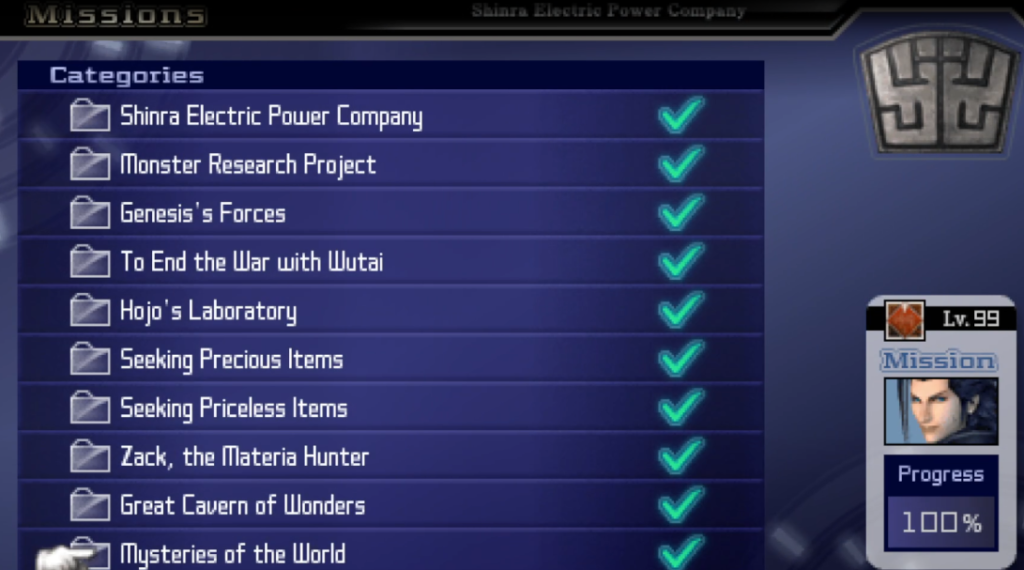
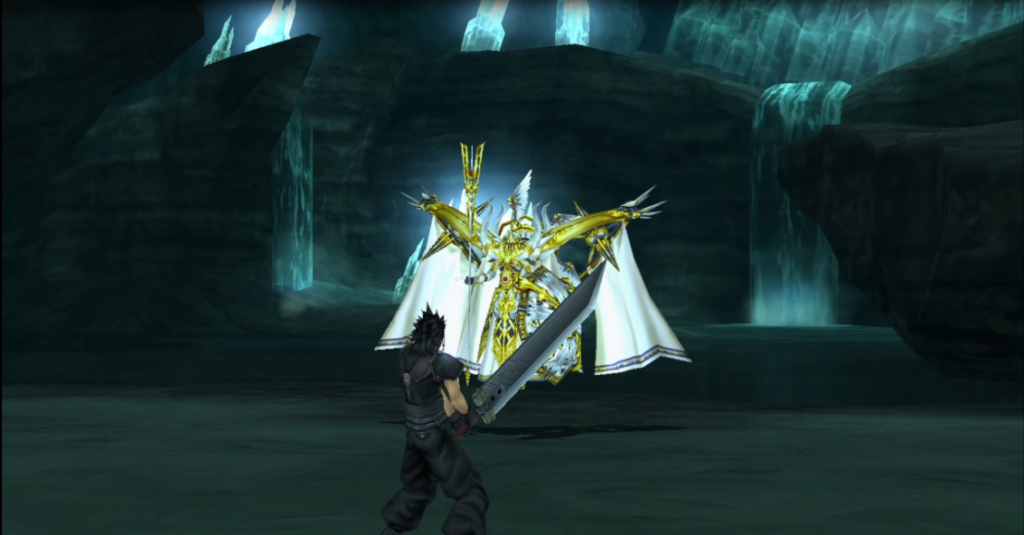
Our tale begins when Zack undertakes a routine mission in the foreign land of Wutai. However, his world forever changes when he is sent to find missing Shinra soldier Genesis Rhapsodos. Along his journey, he is confronted with Shinra’s dark secrets, but he also discovers the true meaning of dreams and honor.
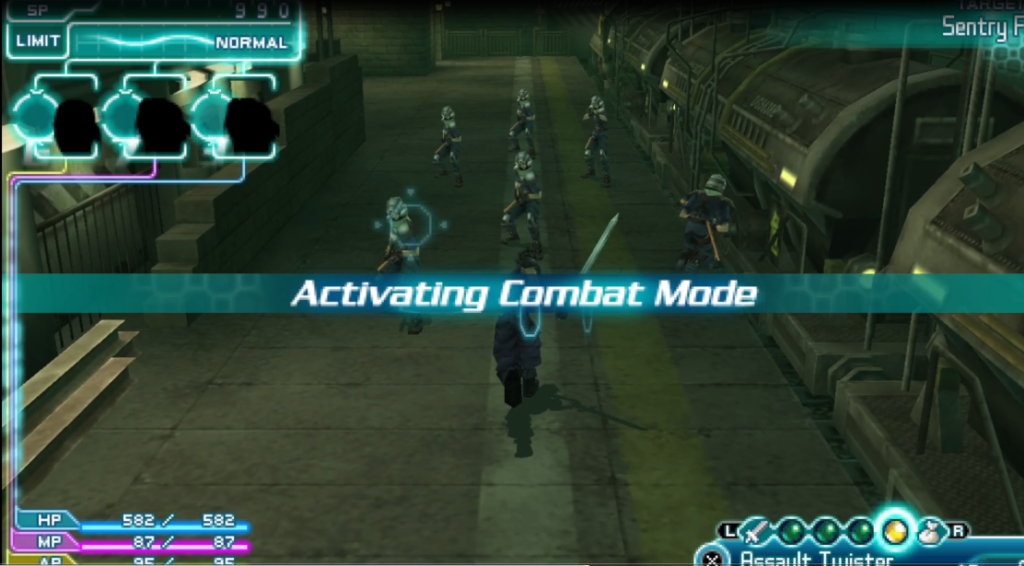
Since Crisis Core is the prequel to the original game series, fans will recognize many plot points and characters. The game consists of 10 chapters, the majority of which are completely original. Towards the end of the story, the plot converges with the Nibelheim incident, a significant event in FFVII’s timeline. It continues to converge with the events of the original game from that point on. At that point, the game becomes rather predictable, and the events play out as you’d expect without deviation. The developers revealed in interviews that they wanted to flesh out the time Cloud and Zack spent on the run, but they were forced to cut the story due to the PSP’s hardware limitations. Overall, Crisis Core gives us a handful of original characters alongside fan favorites, but where the narrative really shines is in fleshing out the pre-established characters.
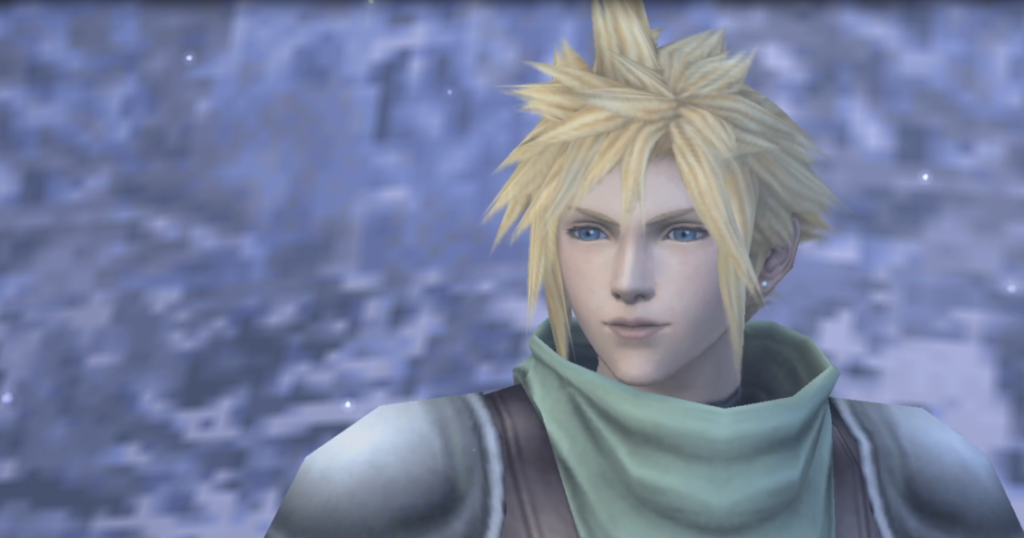
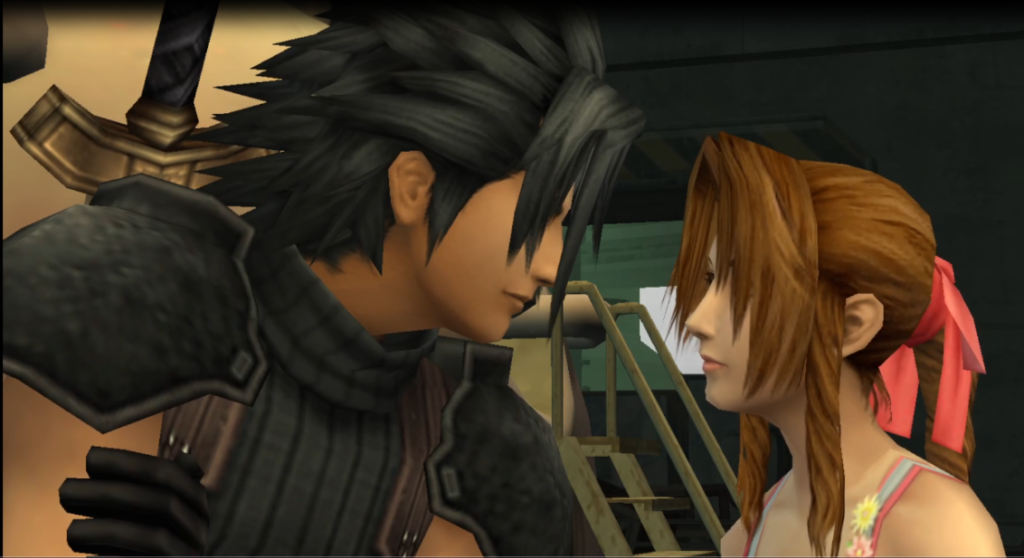
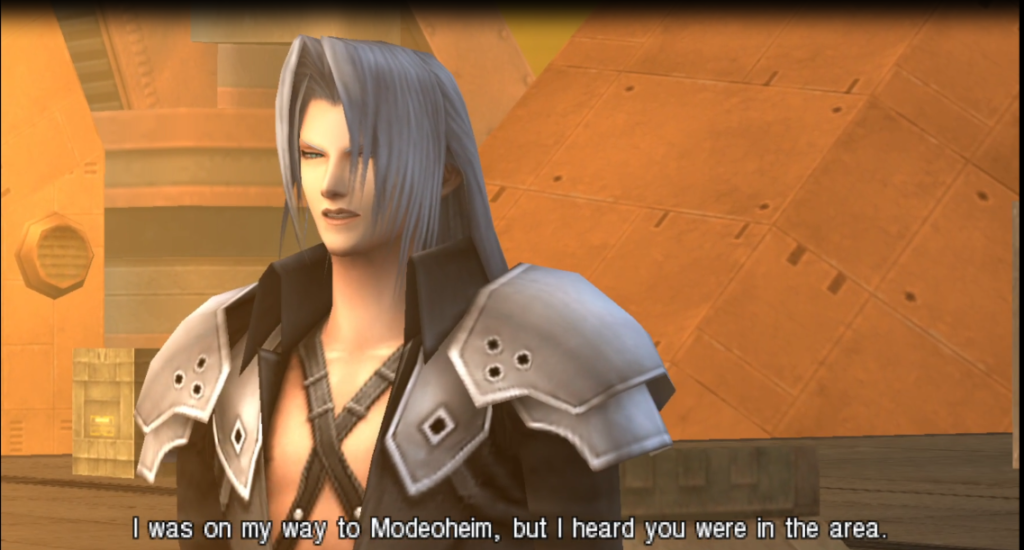
Crisis Core functions as an action RPG. Upon entering combat zones, Zack engages in combat against monsters and other foes. His basic arsenal consists of a four-strike sword combo, the ability to dodge roll to evade attacks, and the ability to make use of items. Throughout his journey, Zack obtains materia that enables him to cast magic and perform other special combat commands. When it comes to combat itself, Crisis Core is much like your standard RPG. However, Crisis Core has one major element that sets it apart from other RPGs: the Digital Mind Wave (DMW). The DMW is a roulette system that allows Zack to perform special attacks known as limit breaks when certain conditions are met. Unfortunately, this system is also how you level up materia and increase Zack’s level in general. Zack does gain experience like a traditional RPG, but he will not level up regardless of experience value until he has the proper result in the DMW. True, there are ways to influence the DMW to your favor, but it takes an aspect of player progression out of your hands and throws in an element of randomness that I don’t really care for.
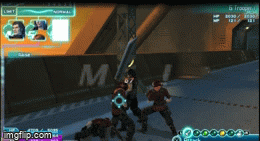
Crisis Core was released in 2007, which was rather early in the PSP’s lifecycle. With that in mind, the visual and audio presentation is very good. There are rearrangements of themes from the original game as well as plenty of new compositions. The game’s graphical fidelity is rather inconsistent, however. When the developers flex that budget, the game looks very good, but there are plenty of times that the model work and backgrounds reflect the era. With that being said, in my opinion, the full-motion videos still look good to this day.

The Compilation of Final Fantasy VII had a mixed critical reception, but of the additions, Crisis Core was viewed most favorably. I think Crisis Core is still worth playing today, so dust off the PSP and experience Zack’s tale for yourself. It’s also worth nothing that the remaster, Crisis Core: Reunion, is releasing next month. However, given how much Final Fantasy VII: Remake diverged from the source material, we can’t be certain that the Crisis Core update will abide by the original game (just a hunch on my part). Barring a couple of bizarre design choices, I consider Crisis Core a strong action RPG worthy of your time. I highly recommend it!

